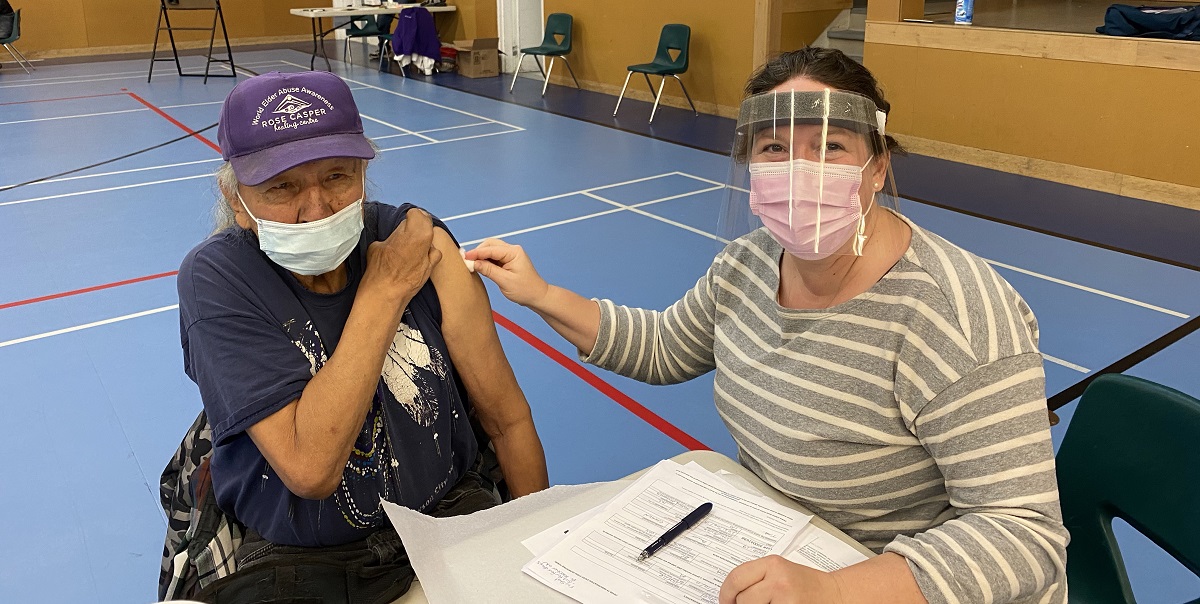By Carmen Pallot, BSc(Pharm)
As someone who grew up in an area of British Columbia with a large population of First Nations community members, I was very surprised to learn of a recent survey that found 74 per cent of Indigenous people in B.C. report being asked to pay for over-the-counter (OTC) medications that should be covered under Plan W.
Plan W is available for clients enrolled with the First Nations Health Authority and includes coverage for OTC supplies and medications, with eligibility for the latter available if the client has a prescription, or the product is recommended by you, the pharmacist.
The survey, however, found that many Indigenous clients felt whether they received coverage for their OTC medications depended on the specific pharmacist or pharmacy they were visiting. The respondents emphasized that they experienced racism and discrimination when attempting to access their coverage. The findings were published on Nov. 16, 2023 by the Coastal Research, Education and Advocacy Network, after polling 119 Indigenous clients.
Living and working in Lillooet, an unceded territory of the Northern St'at'imc people, about half of the clientele at my pharmacy identify as First Nations. First Nations communities have long endured from colonialism-driven health inequities which impacts their physical, spiritual, mental, and emotional being. As pharmacists, we have a responsibility to be mindful of this and to try to correct the imbalance by helping our Indigenous clients access the best care possible.
My family has owned and operated our pharmacy, Pharmasave Lillooet, since 1971. Having been in the community for so long, I recognize most of our First Nations clients as soon as they walk into the pharmacy. But a good habit every pharmacist should adopt is to inquire with every new client whether they have coverage for medications, whether that’s from a third-party provider or Plan W. It should be a standard question, as part of the counselling you do with the patient, for everyone coming into the store.

Pallot's (right) family has owned and operated their community pharmacy in Lillooet since 1971, serving a population with numerous First Nation community members.
Something else we have is signage. It can be something simple that reads: If you have Plan W there’s certain medications that might be covered, just ask us. Putting up a sign like this at the prescription pick-up and drop-off area or having them attached as shelf talkers next to the OTC products can help communicate that information as well.
Another thing you can do is familiarize yourself with the list of OTC medications available through Plan W. This list is available on the PharmaCare website and identifies the covered OTC products by ingredient, brand name, strength, dosage form, identification number and manufacturer.
Once a patient eligible for Plan W is identified and you have determined that an OTC recommendation is suitable for their needs, we would set up the OTC product as a prescription fill. This means the patient will have to wait or come back when their prescription is ready for pickup. Upon their return, we would provide a consultation with the patient about their medication they’re receiving, and complete the BC PharmaCare Plan W OTC Recommendation form, which has a section the patient must sign.
This does take more time compared to a non-Plan W patient coming in to purchase an OTC product, of course. But it’s important to take the time to identify Plan W patients and help ensure Indigenous clients can access the coverage they are entitled to. Even if it takes longer, this is in the best interest of the patient and as pharmacists improving patient care is our ultimate goal.
The survey published in November tells me that there’s still much work left to do.
The imbalances that face First Nations members of our communities have existed for hundreds of years, and the trauma from those imbalances continues to impact every First Nations client that we have. As health-care providers, we should be mindful of that and we should do our part to help them access the best care possible. Being aware of these imbalances and taking these little steps to make it better can make a big difference over time.
Carmen Pallot, BSc(Pharm) is the owner and pharmacy manager of Pharmasave Lillooet. She graduated from the University of British Columbia’s pharmacy program in 1999. She is the 10th pharmacist in her family.
